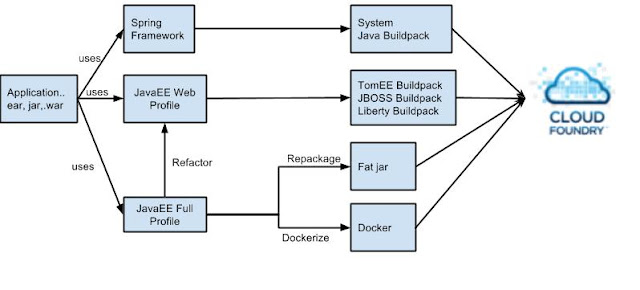You may be wondering how do I hitch a ride on the PaaS train. You would like to spin up a Cloud Foundry on your local machine in less than 10 minutes ? Let me present to you Micro Cloud Foundry aka cloud in a box brought to you by the Cloud Foundry Foundation:
MicroPCF is the simplest way to get a complete Cloud Foundry on a single machineYou gotta verify this. So head on over to https://github.com/pivotal-cf/micropcf and spin up Cloud Foundry in a VM using vagrant. The Future of MicroPCF is bright. From the release notes
In addition to the standard Cloud Foundry components, the MicroPCF distro will include the default PCF service brokers (Redis, MySQL, and RabbitMQ), as well as other PCF-specific applications. The first service available is the Redis service broker. This allows Redis instances to be created and bound to apps running on MicroPCF. More information can be found on Redis for Pivotal Cloud Foundry.


